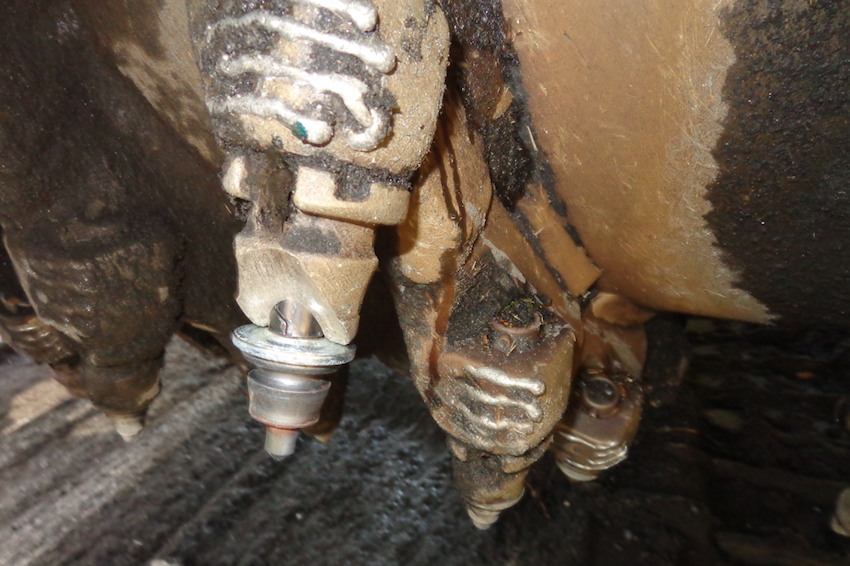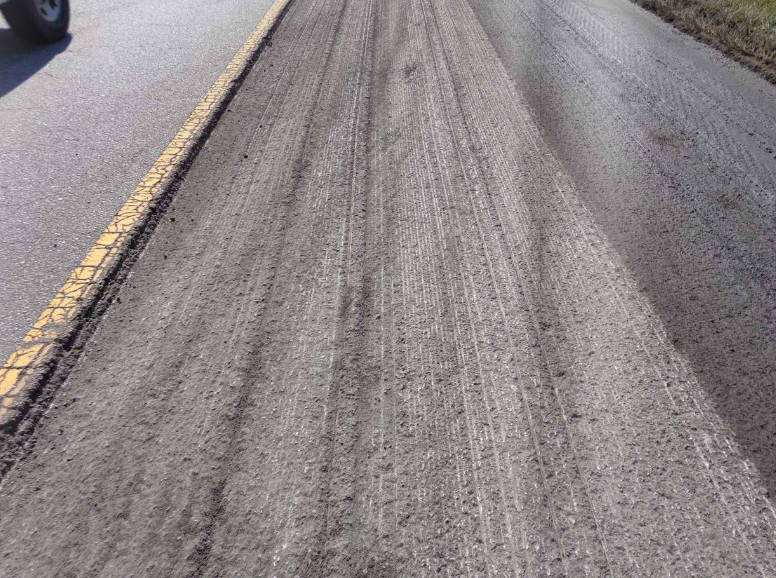How to Maintain Milling Teeth
BY AsphaltPro Staff

Have you had trouble getting smoothness on a mill and fill? Look to the milling crew’s best practices. It’s shameful when a county or agency decides to merely place a thin overlay on a badly cracked concrete pavement, but it’s also a shame if a subcontractor does a poor job of preparing a milled surface for the better treatment of a mill and fill. Use the anonymous contractor’s experience here to learn some tips for the next milling job you need to do in your pavement maintenance or preservation work.
Notice in these pictures that the crew is putting a crown in the road where it’s supposed to be flat—they’re not using a level and they’re not profiling. They should have been seeing a chevron pattern, a herringbone pattern. Instead, they’re seeing a mess because they haven’t been maintaining the cutter drum and teeth. When they saw a problem, the mechanic was out of town, so they just kept milling.

To avoid this sort of problem, you should check the teeth every day. Nobody told them how important it is to check the teeth and the holders each day. The hardness of the aggregate really makes the teeth wear. If you don’t check over the teeth each day, you won’t know that something is going bad.
This could have resulted in a great deal more material when paving if we hadn’t gone back to correct the pattern. It cost the company some money to go back and re-do the milling, but it would have cost more in material to make up the profile of the pavement to get a smooth surface.
John Ball is the proprietor of Top Quality Paving, Manchester, N.H. For more information, contact him at (603) 493-1458 or tqpaving@yahoo.com.
